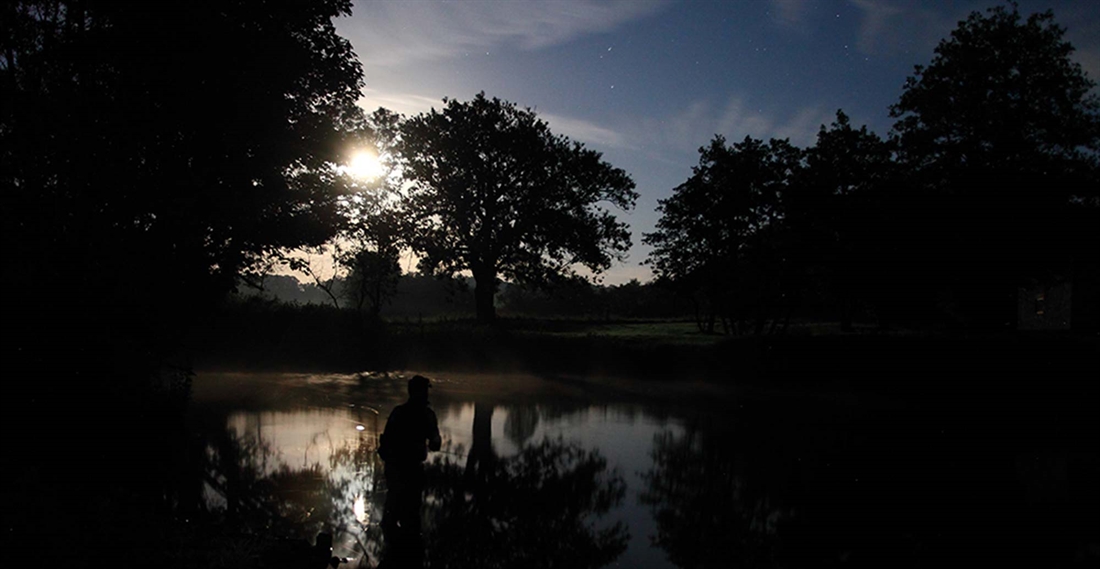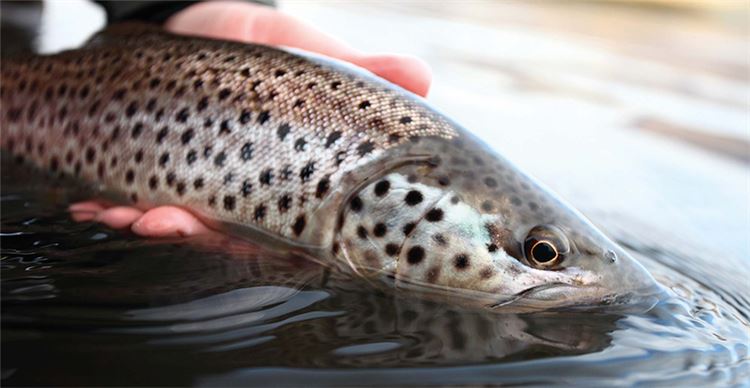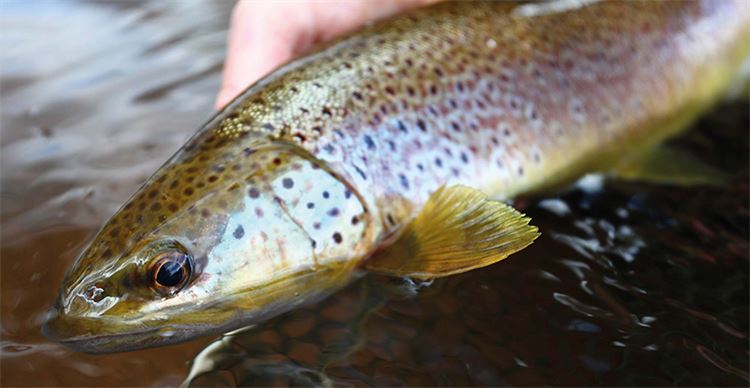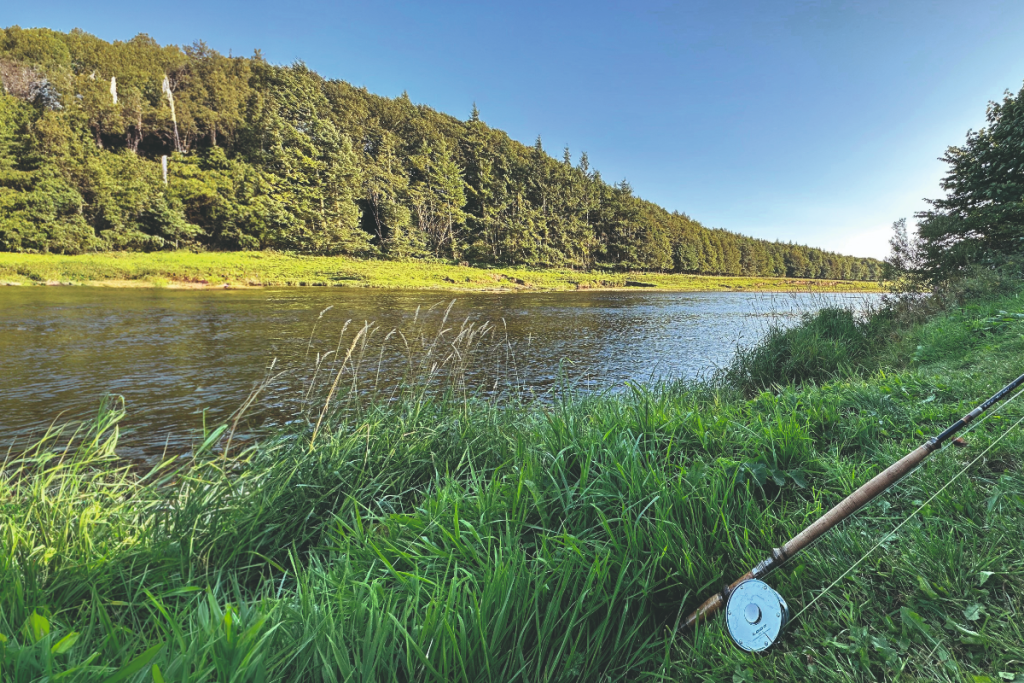Sea trout mysteries
An investigation into why only some trout run to sea whilst others remain in their river of origin.

If you fish for trout, you will likely be aware that brown trout and sea trout, thought once to be different species, are actually one and the same. The obvious question this raises is why this should be so; why do some trout run to sea, whilst others remain in the river from which they originated? Like most questions in biology, the answer is not simple, but multifaceted, varying both spatially and temporally.
As anglers, we are inclined to anthropomorphise fish and their behaviour. We discuss why some trout ‘decide’ to run to sea, whereas they technically do no such thing. Rather, they act out a set of behaviours, based on an unconscious combination of internal and external driving forces, the result of which is the fascinating behaviours we observe. All of these behaviours have been shaped by evolution to try and maximise the probability that the individual will pass their genes on to the next generation.
When considering what makes some trout run to sea and others stay in the river, academic studies have found that the internal driving force of genetics has resulted in sea trout populations in different rivers being genetically distinct from one another, implying a degree of adaptation to different rivers and an element of ‘loyalty’ to the river that a fish originated from. Conversely, several studies have found that within a single river system, migratory and resident populations may exist as the same population, with no genetic differentiation between the two forms. Resident non-migratory brown trout within a river may be the offspring of anadromous (fish which have run to sea) parents. Just because an individual’s parents were sea trout doesn’t guarantee that it also will be, however the probability that this will be the case varies from river to river.
The external forces that act on trout are centred around the core rule for virtually all biological organisms: ‘Eat. Don’t get eaten yourself. Reproduce.’ Using elegant studies, scientists have manipulated this rule system and shed light on the problem. Two particular studies stand out that neatly show how changing the availability of food/resources can result in trout becoming migratory in their life-history strategy. In the first study, trout were placed into tanks and fed one of three different amounts of food over six months. The groups of trout fed the most food contained the highest proportion of ‘residents’ – 42 per cent of the total population. By contrast, in the groups fed the least amount of food, only 17 per cent developed as residents. There was also a lower proportion of resident females than there were resident males (corroborating findings from previous studies that more sea trout are female than male).
The second study adopted a field-based approach, with trout reciprocally transplanted between two different sections of a river. The lower section was characterised by low growth rates and a high density of juvenile trout, and the upper section by high growth rates and a low density of juvenile trout.
The scientists who carried out the study moved 265 trout from the lower section of the river to the upper section and vice versa. In the trout transplanted from the upper to the lower section (i.e. an area of relative plenty), there was a significant increase in the proportion of migrants relative to trout from the upper section that were not transplanted. The reverse was true for trout from the lower section; transplanting trout to the upper section significantly decreased the proportion of trout that were migratory.
Whether an individual goes to sea or not would therefore appear to be governed by a complex mix of both genetic and environmental factors. We see the results from this scientific work play out in the rivers we fish. For example, it has long been of interest to me why the River Exe in Devon has a relatively small run of sea trout, whereas the rivers to the east (the Otter and Axe) and particularly the west (the Teign and Dart) are excellent sea trout rivers. What is it about the trout populations in the Exe, or the River Exe itself, that results in so few of the trout in its waters running to sea?
Assuming that this difference between the rivers is genuine and not a sampling artefact (the perceived lack of sea trout in the Exe may mean anglers don’t fish for them, so not many are caught and so fewer anglers fish for them), the simple answer to this question is that there cannot be a huge advantage for sea trout in the Exe to run to sea. Referring back to the work discussed previously, food availability and/or the density of trout in the Exe may be such that it does not stimulate many trout to develop into migrants and run down to the estuary.
Rivers with abundant food for trout such as the chalkstreams, or the trout rivers of Scotland, that play host to very big wild brown trout, still have sea trout in them. This demonstrates that there is likely always a proportion of trout within a river that will be migratory. The inherent plasticity of trout as an organism and the underlying genetic basis for the migratory life-form of trout ensures this.
This plasticity plays out in both temporal and spatial dimensions when considering sea trout. For example, a particularly poor year for growth and feeding (as a result of adverse weather conditions) may result in an increased number of trout running to sea that year to become sea trout. Likewise, a tributary with particularly poor feeding and resource opportunities may produce a higher proportion of anadromous fish. This is one of the reasons why some tributaries produce a disproportionately high number of the sea trout within a river system.
So the next time you catch a sea trout, as well as admiring its physical beauty, take a few seconds to wonder why it has ended up as it has and the journey it has taken to get there. Was it the offspring of sea trout parents? Or did it end up struggling to hold on in the river, sent to sea by force of circumstances? Will its own offspring follow the same path, or will they develop and then stay in the river, eking out an existence from nymphs and minnows in the ever-changing flow?
Related Articles
Get the latest news delivered direct to your door
Subscribe to Fieldsports Journal
Elevate your experience in the field with a subscription to Fieldsports Journal, the premium publication for passionate country sports enthusiasts. This bi-monthly journal delivers unparalleled coverage of game shooting, fishing and big game across the UK and beyond.
Each issue offers a stunning collection of in-depth features, expert opinions and world-class photography, all presented in a timeless yet contemporary design.
Save 10% on shop price when you subscribe, with a choice of packages that work for you. Choose from Print & Digital or Digital only with each journal delivered directly to your door or via the app every other month, plus access to past issues with the digital back issue library.









